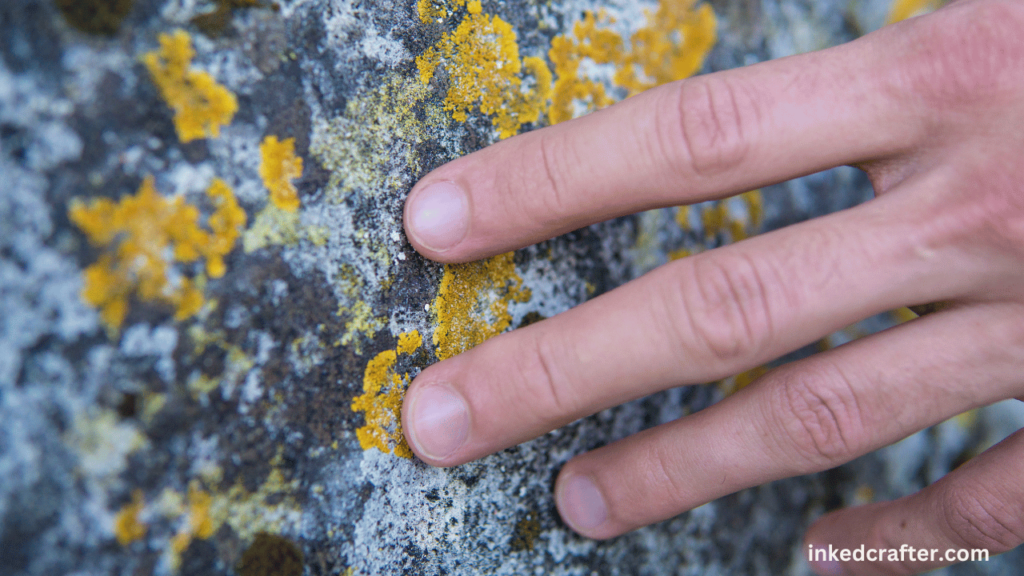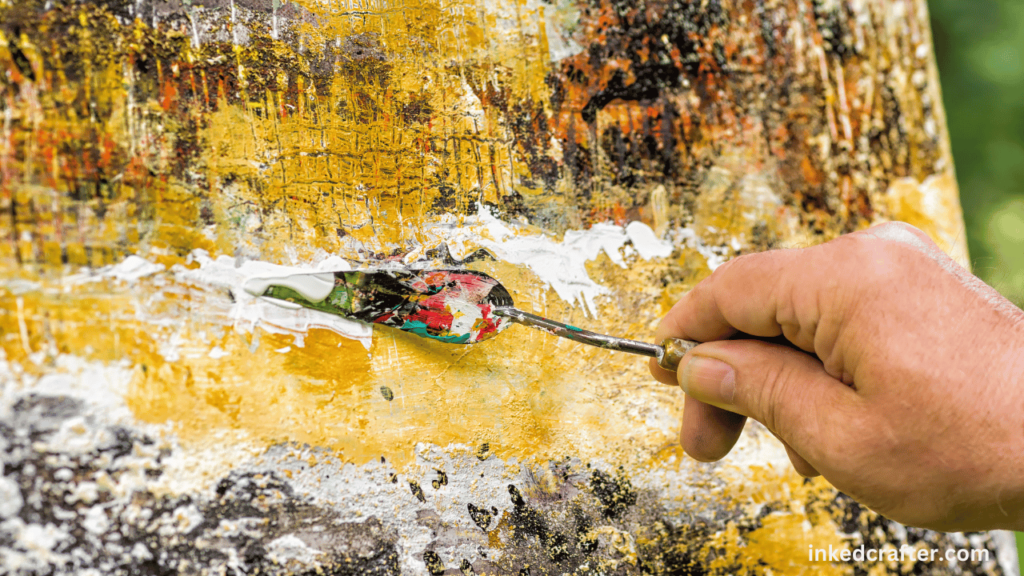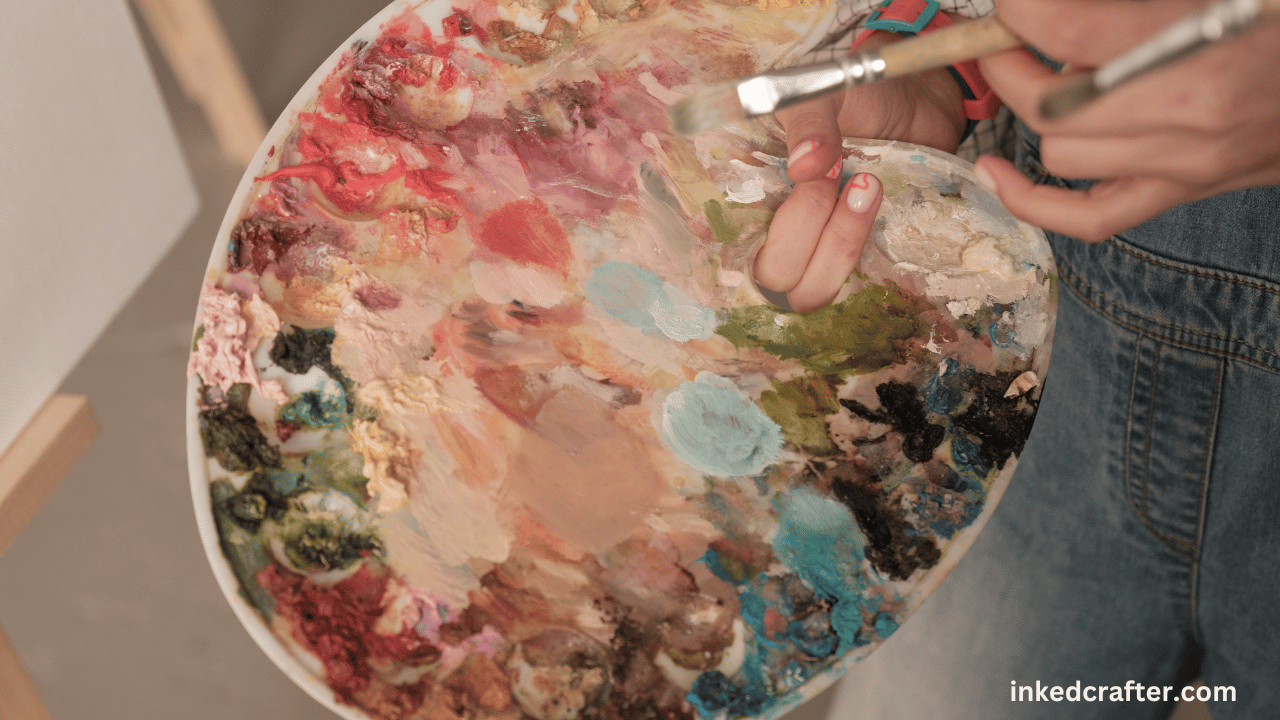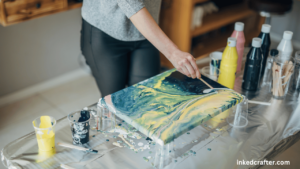Acrylic paint is a versatile medium beloved by artists and DIY enthusiasts alike for its vibrant colors and quick drying time. But what if you want to add an extra layer of protection or shine to your acrylic masterpiece? Can you apply polyurethane over acrylic paint? Let’s dive into this common query and unravel the mysteries behind it.
Acrylic paint has become a favorite among artists and crafters due to its versatility and ease of use. However, many wonder whether they can take their acrylic creations to the next level by applying polyurethane.

Contents
- 1 Understanding Acrylic Paint and Polyurethane
- 2 What will happen if polyurethane topcoat was applied over an acrylic paint?
- 3 Compatibility Concerns
- 4 Preparation Is Key
- 5 Application Techniques
- 6 Curing and Drying Time
- 7 Advantages of Using Polyurethane
- 8 Potential Drawbacks
- 9 Conclusion
- 10 FAQs
- 11 Can I use any type of polyurethane over acrylic paint?
- 12 Will applying polyurethane alter the appearance of my acrylic painting?
- 13 How many coats of polyurethane should I apply?
- 14 Can I apply polyurethane over acrylic paint on outdoor surfaces?
- 15 How can I remove polyurethane if I’m not satisfied with the results?
Understanding Acrylic Paint and Polyurethane
Acrylic paint is a water-based paint that dries quickly and forms a durable, flexible film. On the other hand, polyurethane is a clear, protective finish that is available in various sheens, including gloss, semi-gloss, and satin. While both products serve different purposes, they can be compatible when used together correctly.
What will happen if polyurethane topcoat was applied over an acrylic paint?
Polyurethane and acrylic paint might not work well together because they don’t mix well. It is more likely for acrylic paint to stay flexible than polyurethane paint to dry hard. The polyurethane layer may crack or peel because of this difference in how flexible it is.
Yellowing: Polyurethane turns yellow over time, especially when it’s in direct sunlight. This could change the way the acrylic paint looks, making it look more yellow or splotchy.
Getting Rid of It: If you decide to take off the polyurethane topcoat later, it might be harder to do so without hurting the acrylic paint underneath. Because polyurethane sticks so well, it can be hard to get rid of totally.
Texture Change: The polyurethane may change the texture or sheen of the acrylic paint below it, depending on how it is made and how it is applied. This could change how the picture looks as a whole.
Long-Term Durability: Polyurethane is strong and protects well against water and scratches, but the fact that it can be used with acrylic paint could shorten its long-term durability. If the finish cracks or peels, it can show the paint underneath, which could be damaged.
Compatibility Concerns
It’s important to think about compatibility problems before you rush to put polyurethane over your acrylic work. Acrylic paint usually sticks well to polyurethane, but it can turn yellow over time, especially if the paint isn’t fully dry. Putting varnish over some types of acrylics may also cause them to crack or peel.
Preparation Is Key
To ensure a successful application, proper preparation is crucial. Start by ensuring that your acrylic paint is fully cured, which typically takes at least a few days. Next, clean the surface thoroughly to remove any dust, dirt, or contaminants. If the paint surface is glossy, lightly sand it to create a more textured surface for the polyurethane to adhere to.

Application Techniques
When applying polyurethane over acrylic paint, it’s essential to use the right technique. Opt for a high-quality brush or foam applicator to achieve smooth, even coats. Avoid applying too much pressure, as this can lead to streaks or bubbles in the finish. Allow each coat to dry completely before applying the next one, and follow the manufacturer’s instructions regarding drying times and recoating.
Curing and Drying Time
Give polyurethane plenty of time to cure after you’re done using it. Polyurethane may take days or even weeks to fully fix, while acrylic paint dries quickly to the touch. This depends on things like temperature and humidity in the air. During this curing time, don’t let the coated area get too wet or be used a lot.
Advantages of Using Polyurethane
Putting varnish over acrylic paint has a lot of advantages. It adds an extra layer of protection against spots, scratches, and UV damage, which makes your project or artwork last longer. Polyurethane also gives the surface a beautiful sheen that brings out the colors and depth of the watercolor paint below.
Potential Drawbacks
Even though using polyurethane paint instead of acrylic paint has some benefits, it could also have some problems. As we already said, there is a chance that polyurethane will turn yellow over time, especially if it isn’t made well. If you don’t use polyurethane properly, the finish could be cloudy or uneven, which will make your job look bad overall.
Conclusion
It is possible to put polyurethane over acrylic paint, but you need to be very careful and follow the right steps to get the best results. You can make your acrylic works last longer and look better by knowing about compatibility problems, making sure the surface is ready, and applying them in the right way.
Adding a layer of polyurethane can take your projects to the next level, whether you’re an experienced artist or just like to do things yourself. It gives them long-lasting safety and a beautiful finish.
Do not forget that trying new things is very important. Do not be afraid to try out various methods and items to identify the ones that work best for you. You can get the benefits of polyurethane over acrylic paint and keep the beauty and integrity of your art for years to come if you use it the right way. Have fun painting!
FAQs
Can I use any type of polyurethane over acrylic paint?
Yes, you can use most types of polyurethane over acrylic paint. However, it’s essential to choose a product specifically labeled as suitable for use over water-based paints.
Will applying polyurethane alter the appearance of my acrylic painting?
Polyurethane may enhance the colors and depth of your acrylic painting by adding a glossy or satin finish. However, there is a risk of yellowing over time, which could affect the appearance of lighter colors.
How many coats of polyurethane should I apply?
It’s typically recommended to apply at least two or three thin coats of polyurethane for optimal protection and durability. Be sure to allow each coat to dry completely before applying the next one.
Can I apply polyurethane over acrylic paint on outdoor surfaces?
While polyurethane provides excellent protection against the elements, it may not be suitable for outdoor use on surfaces exposed to direct sunlight and extreme weather conditions. Consider using a marine-grade polyurethane or varnish specifically formulated for outdoor use.
How can I remove polyurethane if I’m not satisfied with the results?
If you’re unhappy with the finish or need to make corrections, you can remove polyurethane using sandpaper or a chemical paint stripper. Be sure to follow safety precautions and instructions provided by the product manufacturer.








